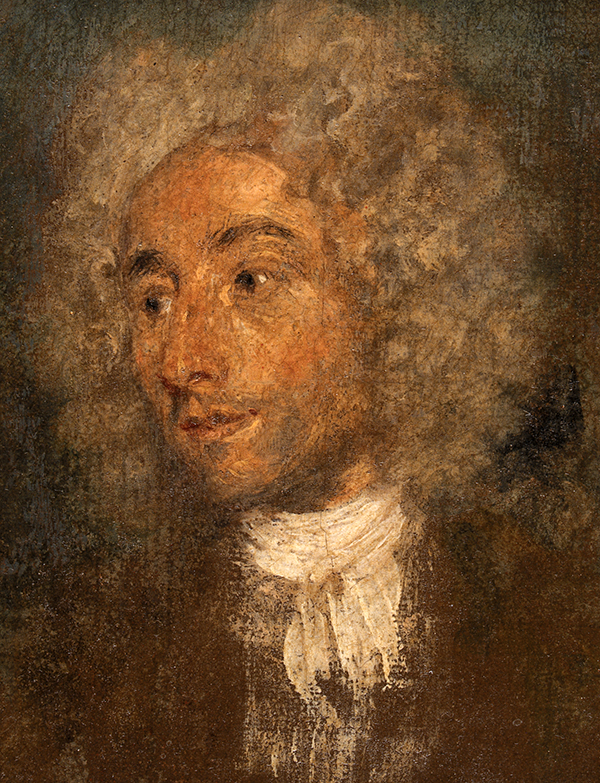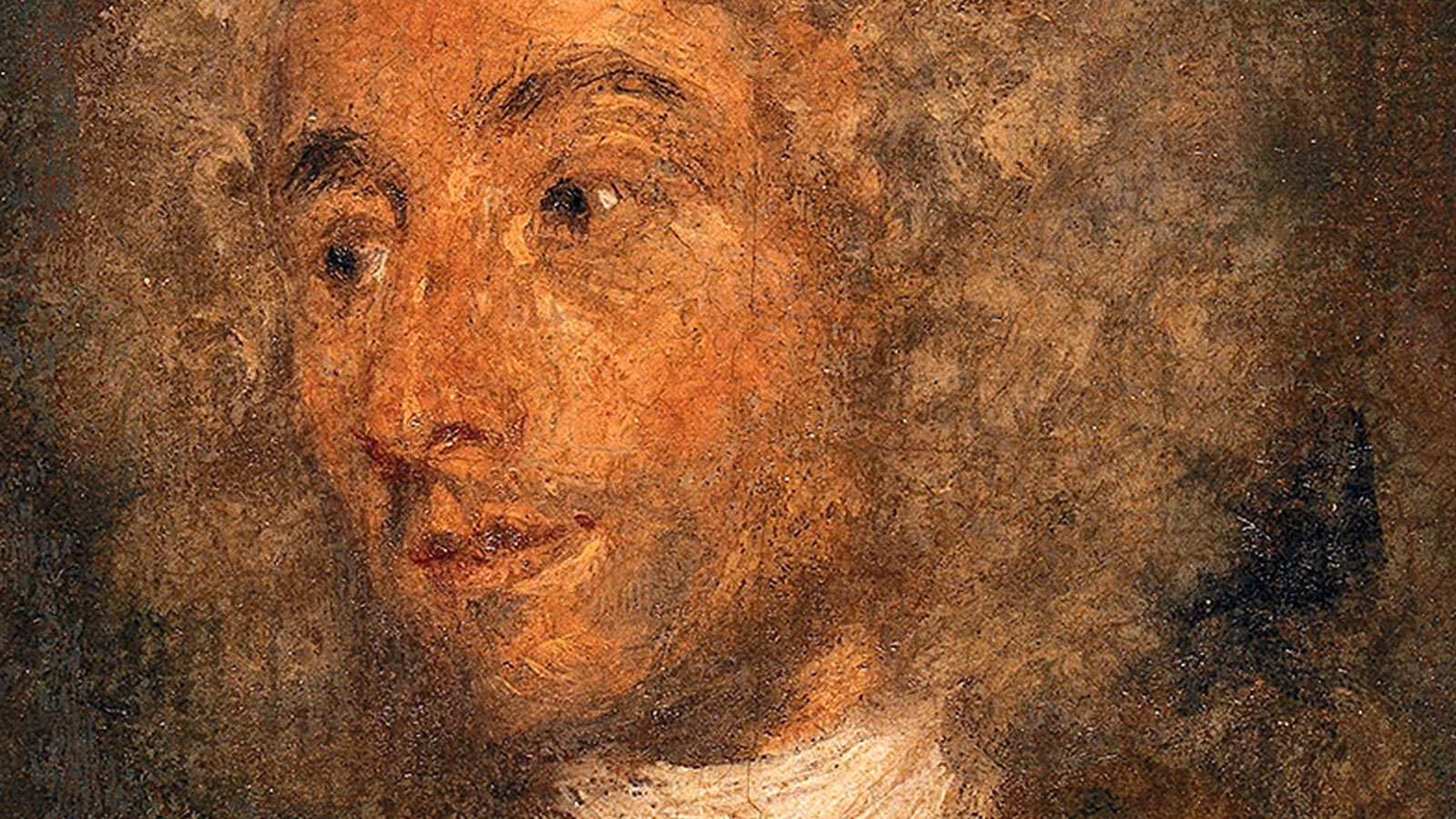Antoine Watteau
Considered to be one of the most creative and original artists of the 18th century, Antoine Watteau (1684-1721) had a prolific career that ended too soon. His name is attached to several works in the Museum’s Collection: a drawing, a painting and a book – a compilation of the artist’s work engraved by a variety of artists.
Watteau was born in Valenciennes, but developed his artistic talents in Paris. He was influenced by the painters Claude Gillot and Claude Audran III, the latter of whom is known for his ornamental and decorative work in spaces such as Versailles, Fontainebleau and Les Invalides.
Despite not receiving a traditional artistic education, Watteau competed in the Prix de Rome in the early 18th century, receiving second prize and joining the Académie Royale de Peinture et Sculpture shortly after. He copied the work of the great masters, such as Rubens, and received support from several prominent patrons, for whom he completed a variety of commissions.
Besides his painting skills, Watteau also made a name for himself in drawing, producing mostly studies of heads or busts, as in the drawing purchased by Gulbenkian in 1937 showing the same figure in three different but equally detailed poses.

Watteau created one of the most enigmatic paintings in the Museum’s Collection. It is a small oil painting – a medium rarely used in the painter’s work – depicting a head, perhaps a sketch for a larger painting whose whereabouts are unknown. Old documents suggest that the painting may be a self-portrait of the artist, although the portraits by Watteau that have survived to this day do not allow this hypothesis to be confirmed.

Watteau died very young, at the age of just 36 years old. His work can be found in a number of international museums, including the Hermitage in Saint Petersburg, the Metropolitan Museum of Art in New York and the Louvre in Paris.
Collection of Stories
Where have the artworks been, before being acquired by Calouste Gulbenkian? Who were their authors and their protagonists? What curiosities do they hide? In this series, discover the various stories behind the Museum's collection.

